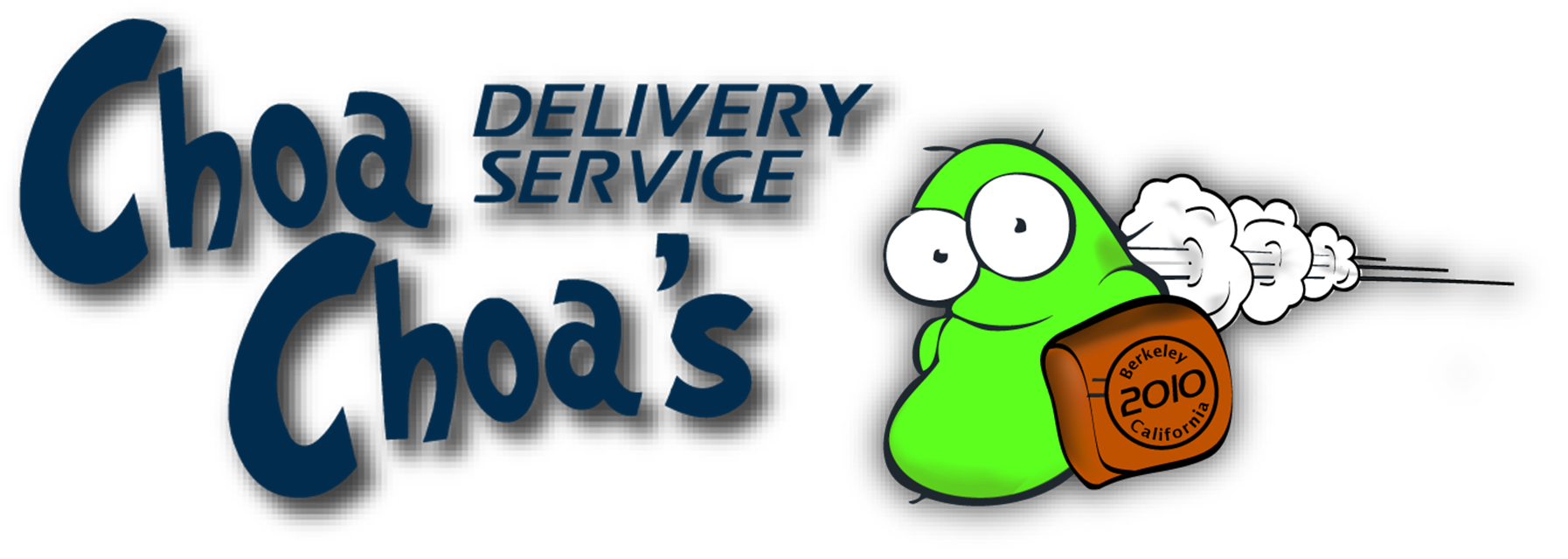Team:Berkeley
From 2010.igem.org
| (90 intermediate revisions not shown) | |||
| Line 1: | Line 1: | ||
| - | + | [[Image: plain header.png | 965 px]] | |
| + | __NOTOC__ | ||
| + | <!-- Global templates. Should be included on every page --> | ||
| + | {{Berkeley_Main_Script}} | ||
| + | {{Berkeley_CSS}} | ||
| + | {{Berkeley_Menu}} | ||
| + | <!-- End global templates. Insert content below --> | ||
| - | |||
| - | |||
| - | |||
| - | |||
| - | |||
| - | |||
| - | |||
| - | |||
| - | |||
| - | |||
| - | |||
| - | |||
| - | |||
| - | |||
| - | < | + | <center> [[Image:ChoaChoa delivery header.png |950px]]</center> |
| + | <center>(Pronounced like "Cocoa")</center> | ||
| + | Single-celled phagocytic eukaryotes, such as Choanoflagellates, are of great interest to developmental biologists because they may be the last living immediate precursor on the evolutionary tree to animals. These easy-to-culture and robust organisms are also a desirable low-cost eukaryotic chassis for synthetic biology, but there are few to no tools for delivering biomolecules into these organisms. We engineered E. coli to deliver proteins and/or DNA payloads into these bacteria-devouring eukaryotes. Once ingested, our E. coli are programmed to self-lyse and porate the phagosome, releasing their payloads into the cytosol. This delivery mechanism has the potential to deliver payload to any phagocytic organism with a cholesterol-based membrane. As part of our parallel software effort to rework the Clotho plugin environment and API, we made automatic biosafety handling an intrinsic feature of the core. Together, these tools provide a foundation for metazoan synthetic biology and a framework for improving safety in our field. | ||
| - | |||
| - | |||
| - | |||
| - | |||
| - | |||
| - | |||
| - | |||
| - | |||
| - | |||
| - | |||
| - | |||
| - | < | + | ===Sponsors=== |
| - | + | <center> | |
| - | + | <html> | |
| - | + | <div style="background-color: rgb(50, 50, 50)"> | |
| - | + | <br> | |
| - | + | <a href="http://www.quintarabio.com/"> | |
| - | + | <img src="https://static.igem.org/mediawiki/2010/f/ff/Logo_quintara.jpg" width="178" height="37"> | |
| - | + | </a> | |
| - | + | | |
| - | + | <a href="http://usa.autodesk.com/"> | |
| - | + | <img src="https://static.igem.org/mediawiki/2010/c/c8/Logo_autodesk.jpg" width="217" height="37"> | |
| - | + | </a> | |
| + | | ||
| + | <a href="http://www.qb3.org/"> | ||
| + | <img src="https://static.igem.org/mediawiki/2010/2/26/Logo_qb3.jpg" width="57" height="37"> | ||
| + | </a> | ||
| + | | ||
| + | <a href="http://www.synberc.org/"> | ||
| + | <img src="https://static.igem.org/mediawiki/2010/3/3c/Logo_synberc.jpg" width="141" height="37"> | ||
| + | </a> | ||
| + | | ||
| + | <a href="http://www.yaliscafe.com/"> | ||
| + | <img src="https://static.igem.org/mediawiki/2010/e/e1/Yaligray.png" width="37" height="37"> | ||
| + | </a> | ||
| + | <br> </br> | ||
| + | </div> | ||
| + | </html> | ||
| + | </center> | ||
| + | We would like to thank our sponsors, shown above, and our wonderful advisors Chris Anderson, Terry Johnson, Tim Hsiau, and Jin Huh for their guidance and support. | ||
Latest revision as of 23:43, 27 October 2010
- Home
- Project
- Parts
- Self-Lysis
- Vesicle-Buster
- Payload
- [http://partsregistry.org/cgi/partsdb/pgroup.cgi?pgroup=iGEM2010&group=Berkeley Parts Submitted]
- Results
- Judging
- Clotho
- Human Practices
- Team Resources
- Who We Are
- Notebooks:
- [http://www.openwetware.org/wiki/Berk2010-Daniela Daniela's Notebook]
- [http://www.openwetware.org/wiki/Berk2010-Christoph Christoph's Notebook]
- [http://www.openwetware.org/wiki/Berk2010-Amy Amy's Notebook]
- [http://www.openwetware.org/wiki/Berk2010-Tahoura Tahoura's Notebook]
- [http://www.openwetware.org/wiki/Berk2010-Conor Conor's Notebook]

Single-celled phagocytic eukaryotes, such as Choanoflagellates, are of great interest to developmental biologists because they may be the last living immediate precursor on the evolutionary tree to animals. These easy-to-culture and robust organisms are also a desirable low-cost eukaryotic chassis for synthetic biology, but there are few to no tools for delivering biomolecules into these organisms. We engineered E. coli to deliver proteins and/or DNA payloads into these bacteria-devouring eukaryotes. Once ingested, our E. coli are programmed to self-lyse and porate the phagosome, releasing their payloads into the cytosol. This delivery mechanism has the potential to deliver payload to any phagocytic organism with a cholesterol-based membrane. As part of our parallel software effort to rework the Clotho plugin environment and API, we made automatic biosafety handling an intrinsic feature of the core. Together, these tools provide a foundation for metazoan synthetic biology and a framework for improving safety in our field.
Sponsors
We would like to thank our sponsors, shown above, and our wonderful advisors Chris Anderson, Terry Johnson, Tim Hsiau, and Jin Huh for their guidance and support.
 "
"
